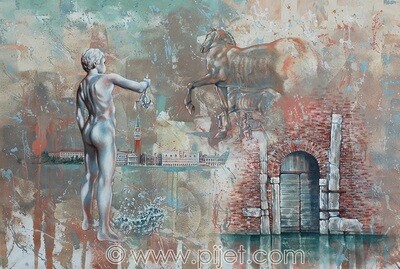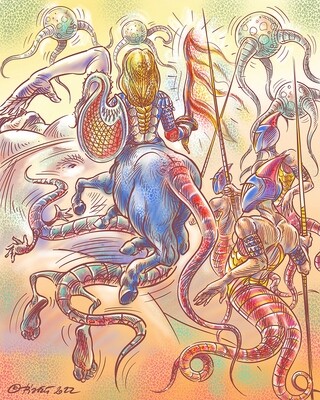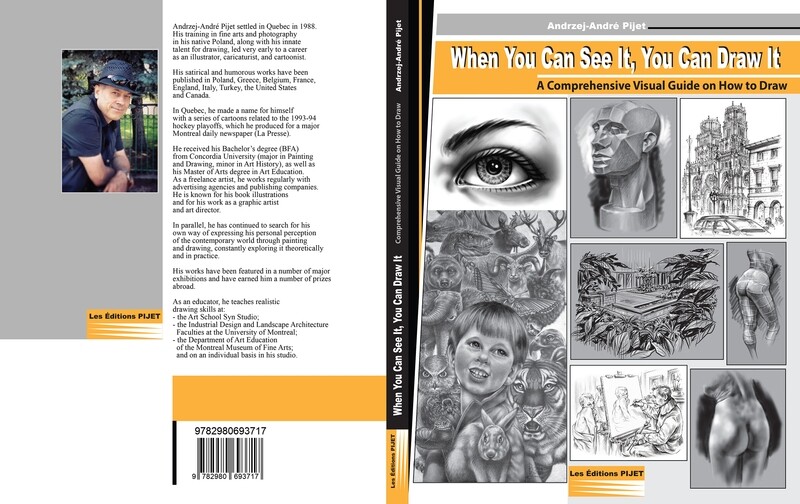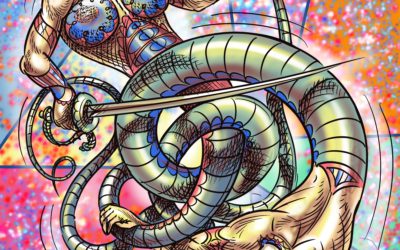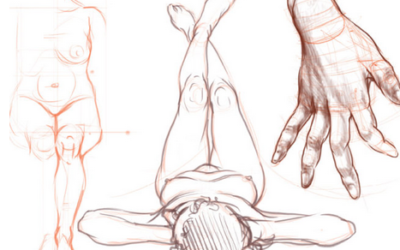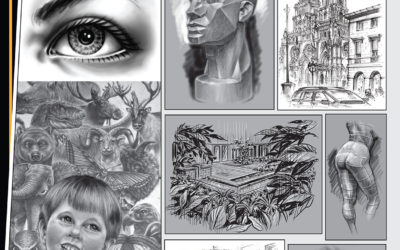The Representation of the Female Body in Newton’s Picture.
Through the history of photography the woman body always was and still is one of the leading subject of various and quiet often-questionable representations. Since the early beginning of the photographic revolution, women as models have been in the center of attention to catch the “still life.” The phallic social order created a vast interest to capture and distribute commercially the female nudity. The first daguerreotypes of naked “beauty” appeared in 1855.[1] The taboo of female nudity became suddenly exposed to the public and widely available to the fantasized male gender. Besides the commercial aspect of denuded photographic representations of the feminine intimacy, the artistic representation appeared as well. Photographers gifted with artistic sensibility begun to explore the new technology in much proper manner by exploring further the compositional aspects of how the female body should be represented. In the end of the nineteenth-century first photocompositions began to appear trying to reflect the poetic ambiance of the fragile psychological beauty of the female figure. Robert Demachy[2] was one of the first to explore the women body in staged artistic compositions exploring deeper the psychological aspect of his models. Many artistes started to use the pictures of naked figures as a less expensive option for their studies of anatomy.[3] One of the first artist and photographer who approached the female model in really artistic way in every meaning of the word “Art,” was Man Ray.[4] His intelligent compositions were assured by his perfect genetic sensibility of knowing how to frame the woman sensuality, what in consequence made him one of the most important Surrealist artists and photographers of the twentieth-century. However, one of the most influential and provocative photographers of our Modern period was incontestably Helmut Newton.[5]
Newton’s particular taste for creative perversity brought him fast recognition in the socio-political Patriarchal environment. Photographing mostly only women, he created particular only to him way to reveal the female sensual intimacy. His technical mastery of knowing how to make use of the light in order to underline the model’s psychological distinctness made his pictures very popular in mass media. Newton was a master of representing the fashion creations as a desired unity of the garment and the body. He emphasized always the erotic proprieties of the model figure as an inseparable peculiarity of his compositions. Almost all his creative work oscillated around suggestive symbolism of the pictorial choreography of chosen parts of the exposed bodies. Most of his pictures contain entire stories, which could be comparable with the synopses for the movies. The symbolic narrative of his works is overwhelming, but in the same time well balanced, not overloaded with the unnecessary elements.
In the late nineties the Austrian company Bauwelt decided to hire Newton for a commercial campaign of their garden tools and machinery. The Bauwelt board of directors decided to use Newton’s services for the catalogue of their products after Newton’s very successful commercial campaigns of the medical[6] supplies for companies Bosch and Villeroy.
In the Bauwelt assignment Newton used the female models wearing very tight garment exposing through their transparency the women attributes. The clothing used by the models was created in order to make references to the futuristic comic character, such as Barbarella. In these series of photos female bodies are represented on the edge of sexual harassment. Each photo represents a direct connotation to the sexual compatibility of female body with the machinery and working tools.
One picture from this collection[7] is particularly explicit in its suggestive reference to the similarities in functionality of the woman and machinery. The comparison of the female body to the concrete mixer (see fig.1) might be quiet offensive today to the contemporary awareness of social values in our advanced society. Besides the brilliant composition and the artistic values, this picture has a quiet explosive content. In this specific photo Newton liberated his creative mind by employing the Patriarchal colonial attitude of the perverse irony to the subjected female gender.
The composition of the chosen picture consists of three principal elements: a female model wearing Barbarella’s futuristic clothing, a concrete mixer machine and a love doll. Newton, as usually, is playing with the minimum to get the maximum, and in the result he is projecting an unequivocal message of his composition. The female model is disguised in the“Barbarellic” garment in order to emphasize the erotic character of the depicted scene. The posing woman is sitting on the concrete mixer machine container; spreading widely her legs almost parallel to the mixer metal base, and her spread out hands are a direct reference to the mass-produced chip love doll. It is considered as very handy equipment to the frustrated male gender. The evident degraded comparison of woman to the love doll as a chip erotic pleasure, which could be used at any time the male desires, it is outrageous. He just has to turn the switch on and here he goes. At this moment, Newton refers to the servitude character of female sexual services as comparable service to the concrete mixer machine. The machine is also available whenever man desires to build something. It is there, ready, and always welcome to serve. The male just has to connect it to the electric power supply and go on. The Bauwelt Company[8] guarantees the full satisfaction. Furthermore, the woman’s crotch is situated on the container opening of the concrete mixer machine as a reference to the vaginal “working space,” wide open and able of mix any “concrete.” To emphasize his message even stronger, Newton squeezed in the concrete mixer container a love doll. By doing so, he is making the sexual connotations even stronger, implying that the woman attributes can be very handy, compact and satisfactory as the Bauwelt’s concrete mixer machine. The projected shadow of the female model and the machine on the background suggests the inseparable unity of excitement and satisfactory pleasure to the phallic manhood offered by the Bauwelt’s tools. In this picture Newton diplomatically avoided to expose the naked female model, in order to reduce the vulgarity of his composition. Besides his brilliant narrative concept of how to attract attention to the products of the Austrian garden tools company, few facts remain frustrating, especially to the female gender: the projection of woman identity and the representation of a woman as an object reduced to the grade of simple tool available to anyone at any time for anything. Furthermore, it is a picture reflecting the commercial taste of the Patriarchal society. It is a proof of how the women are perceived by the male gender. Regardless to the offensive and shocking character of Newton’s picture, it is a piece of art, which provokes a strong reflection, and this is what the Art should be about.
[2] Robert Demachy (1859-1937), was a banker, his professional position permitted him to explore such novelty as photography. He became one of the leading photographers at the end of nineteen century. He established The Photo Club of Paris, and was a member of London’s Linked Ring and of the Photo-Secession. He was considered as a photo-painter, because of the particularities of his compositions.
[3] Eugene Delacroix (1798-1863) was one of the first artists to promote the academic studies of the bodies from the pictures. He himself with the help of photographer Eugene Durieu did a series of “academic figures.”
[4] Man Ray (1890-1976), He was for a long time the only surrealistic photographer. Man Ray contributed largely with his work to the Surrealist and Dada movements.
[5] Helmut Newton (1920-2004), who’s born name: is Helmut Neustadter was a German-Australian fashion photographer.
[6] In these campaigns Newton pictured the bodies of female models in a humorous, erotic and sometimes suggestive pornographic ways. The models were wearing the medical clothing and were interacted with the medical equipment. These pictures are very hard to find right now. They exist still in the older publications of Newton’s artworks, as in the French magazines Photo.
Bibliography.
Helmut Newton: Creatures de reve a la pelle. Photo, Vol. 254, November, 1988, pp. 102-107.
José Alvares. Helmut Newton: Dans ses “Artchives de nuit,”il a rassemblé des images surprenantes et inedites pour un nouveau choc. Photo, Vol. 297, November, 1992, pp. 34-43.
Koetzle, Michael. 1000 Nude. Benedict Taschen Verlag GmbH, 1994, Germany.

